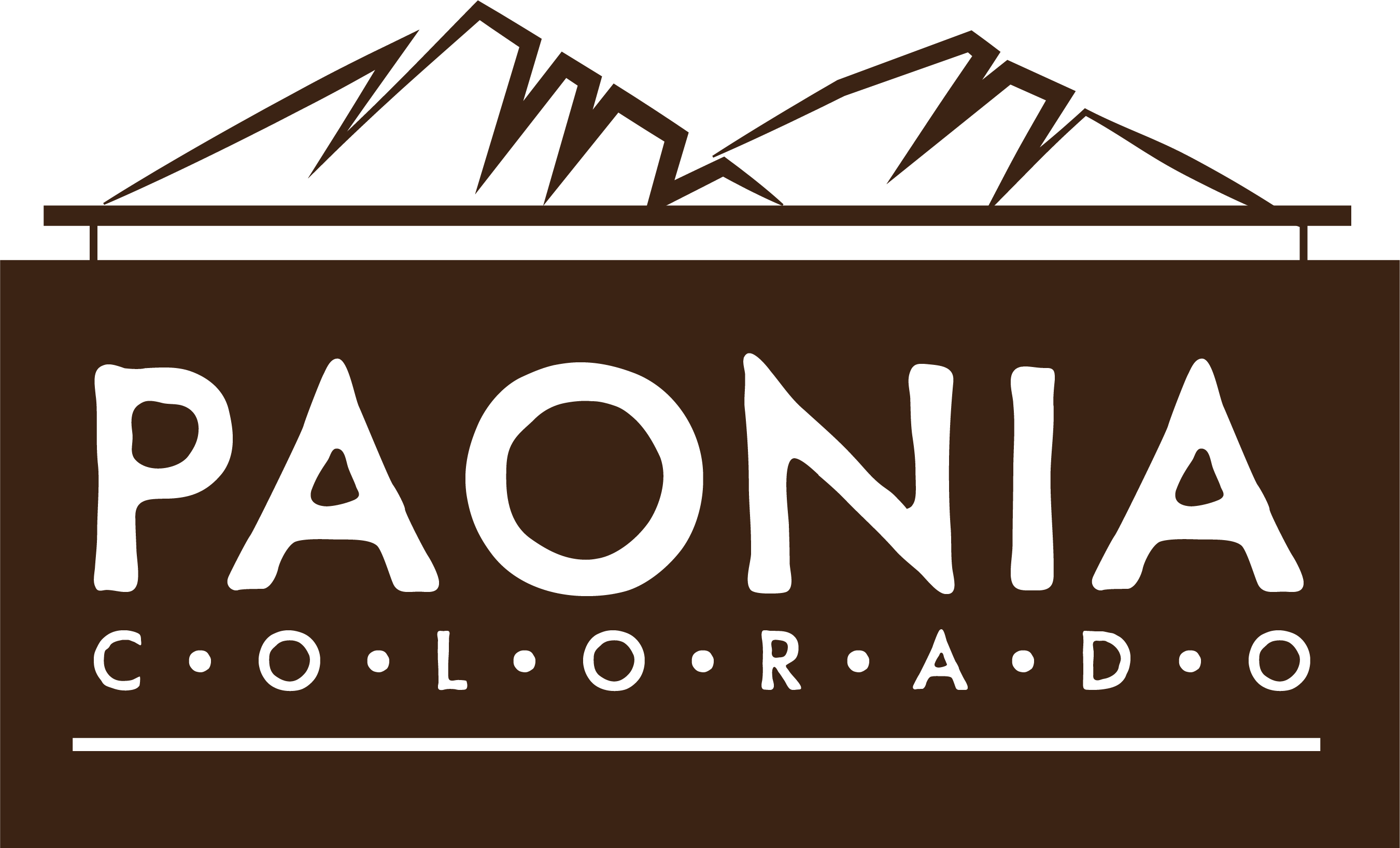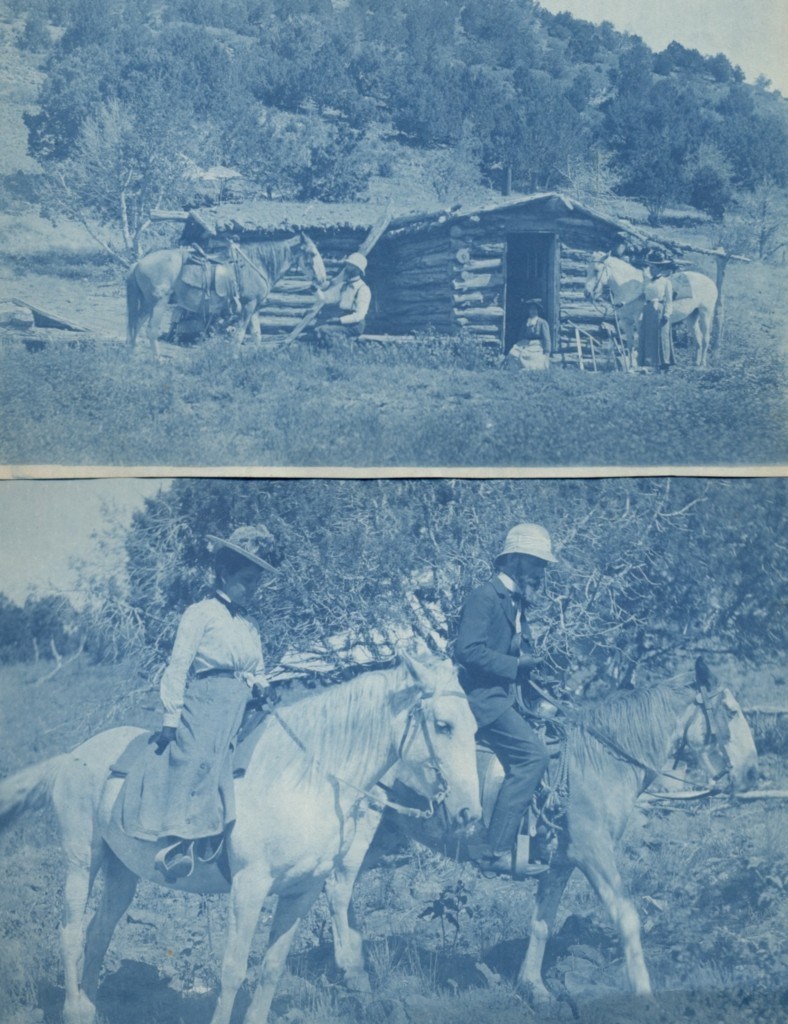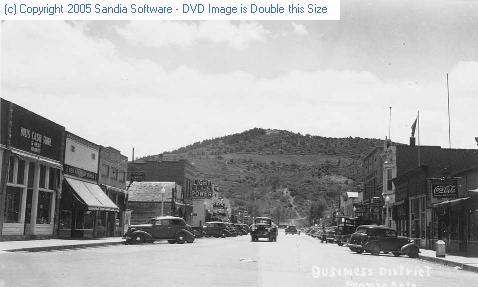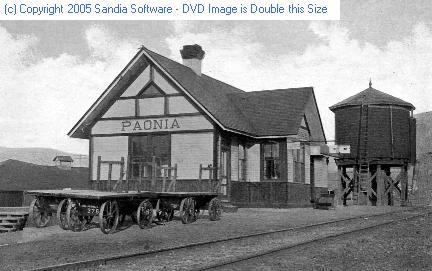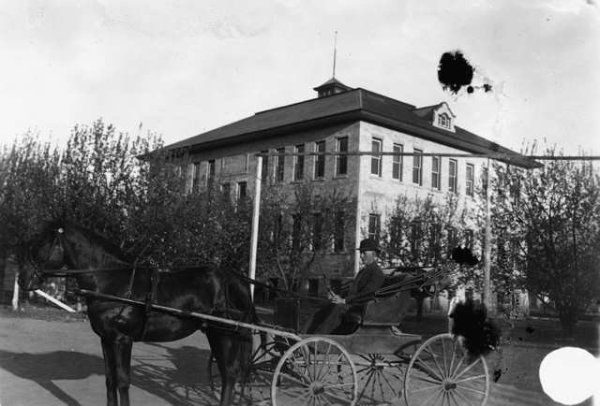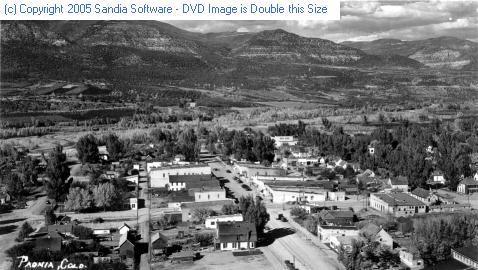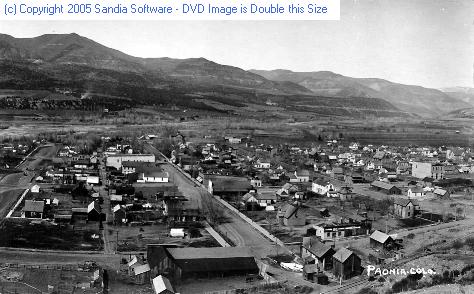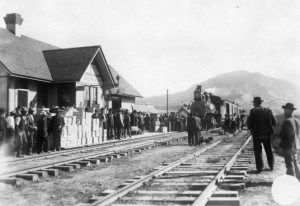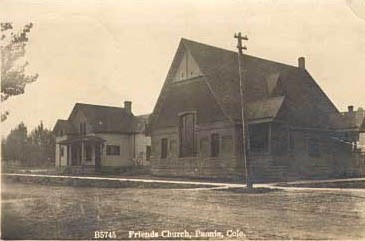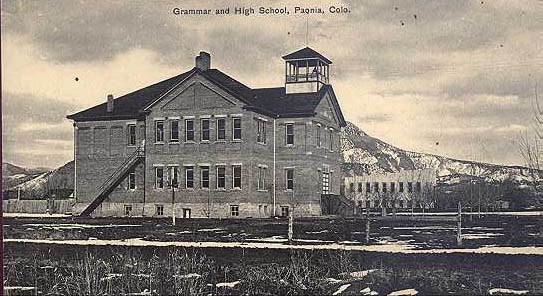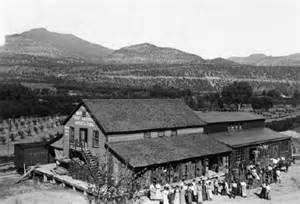Paonia History
The area was first explored in 1853 by Captain John W. Gunnison of the United States Army. Gunnison was on an expedition to locate a suitable pass through the Rocky Mountains for the Topographical Engineers. The Valley was inhabited by Ute Indians until 1880, when the Ute Indian Reservation was closed by the federal government.
Following the closure of the reservation, the site itself was settled in 1880 by Samuel Wade and William Clark, who had accompanied Enos Hotchkiss to the area from Ohio. The town was officially incorporated in 1902 and had its first election in July of that year. The peony roots that Samuel Wade brought with him to Colorado in 1881 inspired him to submit the Latin name for peony, “Paeonia” as a town name. The post office wouldn’t allow the extra vowel, so Paeonia became Paonia. Significant industries include ranching, mining and orchard farming.
Cattle came first, but in 1893, sheep were introduced to the valley. Cowboys organized a secret society called the Cattle Growers Protective Association. When sheep appeared on a cattle range, if legal persuasion failed, sheep were stampeded over bluffs or massacred.
Vast reserves of coal lay buried in the area. The advent of the railroad made the shipping of coal economical and today, coal mining is our major industry.
Thank you to Jim Brett for submitting these wonderful photos for Paonia’s past. (click the dot on the picture to enter the gallery)
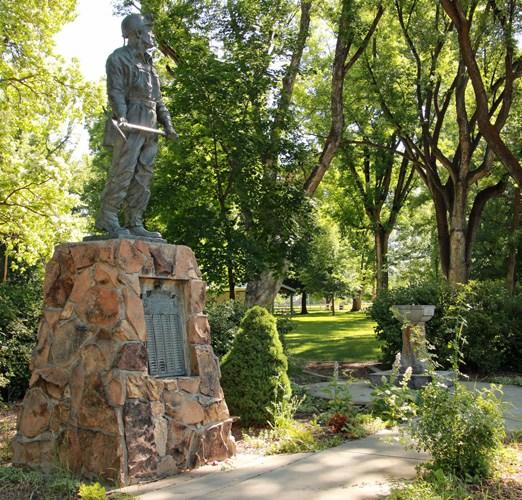
The Coal Miner Statue
At Paonia Town Park
On April 15, 1981 an explosion at the Mid-Continent Coal Mine, officially known as the Dutch Creek Mine No. 1 outside of Redstone, CO killed 15 coal miners. This disaster reminded many in the North Fork Valley of the dangers involved with coal mining and of the many miners who had died in the coal mines in the North Fork Valley. A group of citizens began an effort to create a monument for the fallen miners of the North Fork Valley. The group was composed of Don Emmons, Harry Galer and Kathy Geddes of Colorado Westmorland Mine; Lloyd Miller, Don Morrow, Joe Vorhees, Galen Reynolds and Ken Pavliseck of the U.S. Steel Mine in Somerset. Vorhees was also president of the United Mine Workers local, Reynolds was vice-president and Pavliseck was secretary/treasurer. The group, represented by Harry Galer, approached the Town of Paonia at the July 28, 1981 Town Board meeting about putting up a statue and a plaque with the names of miners lost in disasters in the area. The Town Board supported the concept and Mayor Donald (Shorty) Wood worked with the group on the project.[1]
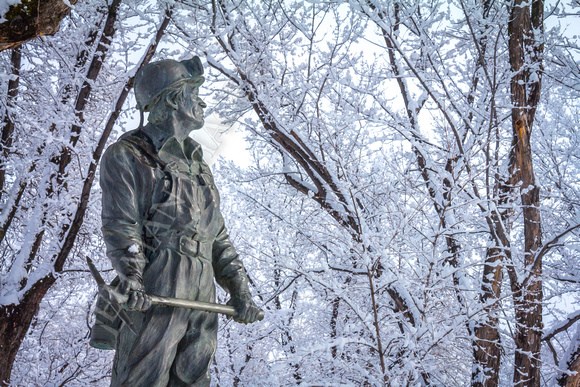
The opportunity to create the sculpture was opened for proposals and several bids varying from $15,000 to $100,000 were received[2]. The group selected a sculptor from Price, Utah to create the statue. Mr. Gary Prazen was hired to create a sculpture of a coal miner for $15,000. Mr. Prazen was a native of Carbon County, Utah with strong ties to the local coal mining industry. Mr. Prazen began his sculpting career with a bronze sculpture of the actor John Wayne who had visited Carbon County in 1978. The sculpture was based on a scene from the 1969 movie True Grit, where Wayne’s character Rooster Cogburn faces off against the outlaw Lucky Ned Pepper and three of his henchmen. In the scene, Rooster Cogburn tells Ned Pepper he plans to kill him in one minute or he can surrender and face Judge Roy Parker, where he’ll probably end up being hung. Pepper responds, “That is bold talk for a one-eyed fat man.” Cogburn calls out, “Fill your hands, you son of a bitch!” and charges the four outlaws with the horse’s reins held in his teeth and firing a rifle with his right hand and a pistol in his left. This classic scene is iconic for the movie and John Wayne. Mr. Prazen completed the sculpture and presented it to the actor shortly before his death on June 11, 1979. This sculpture, titled “Fill Your Hands” was the beginning of Mr. Prazen’s artistic career. He founded the company Original Creations, Inc. in Helper, Utah in 1980 and went on to create over 300 sculptures. He focused on mining, but created western and wildlife sculptures as well. His sculptures sell all over the world. Mr. Prazen passed away in 2016. He was inducted into the National Mining Hall of Fame in Leadville, Colorado in 2017. Mr. Prazen’s son-in-law, Danny Blanton, who took over management of Original Creations, told me he thought the miner statue in Paonia Town Park was the first life-sized sculpture that Gary Prazen created.[3]
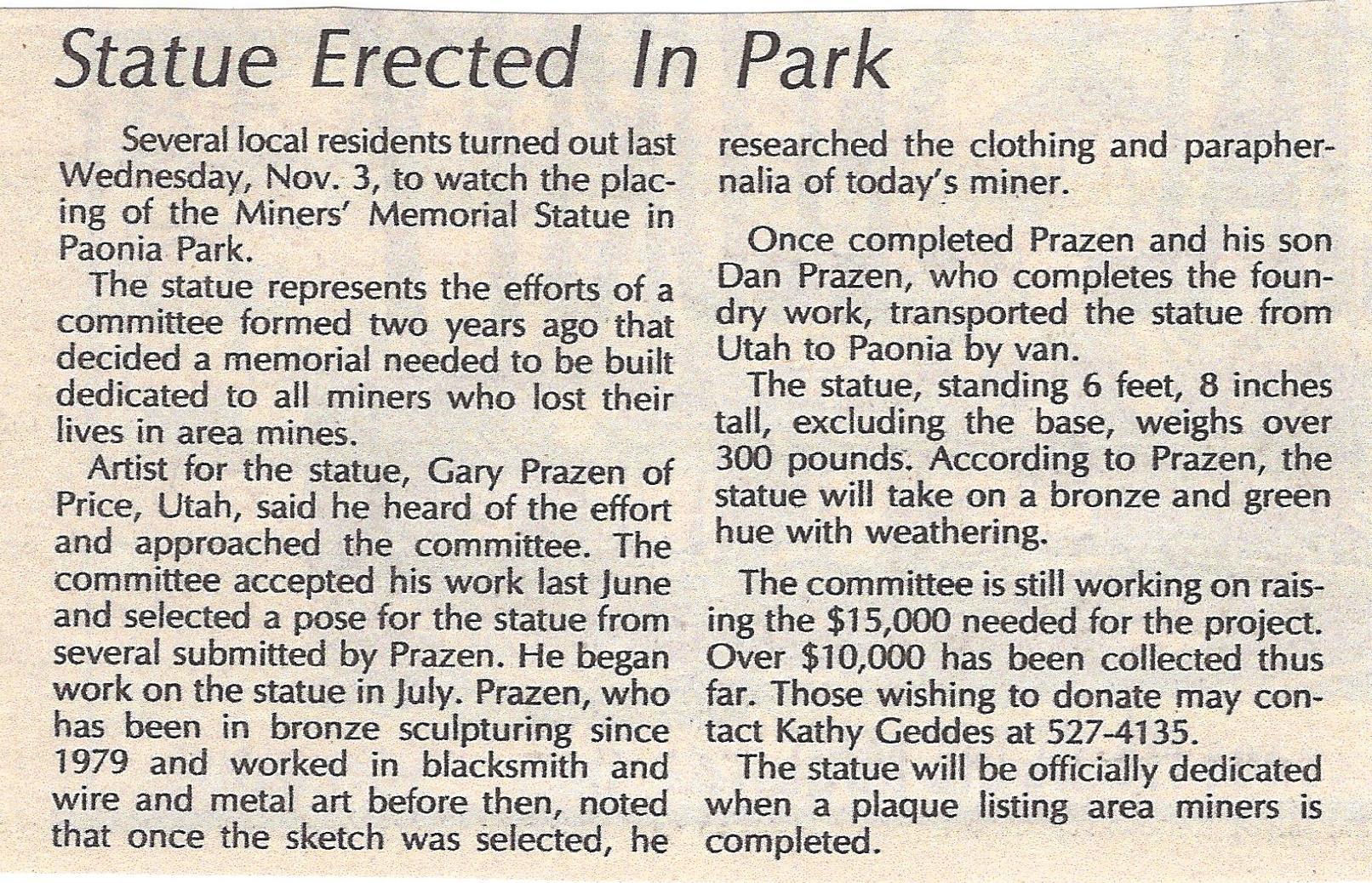
In 1981 and 1982 the group or committee, as they were known, worked at getting donations to cover the $15,000 cost of the sculpture. The mines in the area donated money. These mines included Colorado Westmorland Mine, Bear Coal Mine, U.S. Steel Mine at Somerset, West Elk Mine, Western Slope Carbon Coal Mine and possibly the Blue Ribbon Mine. The United Mine Workers Union donated $5,000. Miners also contributed by raising funds through the Mine Rescue Contests that the mines held to promote mine safety and rescue training. Individual donations were also accepted.[4]
The statue was created and formed by Mr. Prazen in Utah using the lost wax method. It was installed at the Paonia Town Park on November 3, 1982[5]. Additional rockwork on the base and installation of the memorial plaque with the names of the deceased miners completed after that.
The dedication of the memorial was held on a rainy Memorial Day on May 30, 1983. In spite of the rain nearly 100 people showed up for the dedication. There were 62 names listed on the plaque at the time of the dedication. Paonia Mayor Donald Wood accepted the memorial on behalf of the town and told the attendees he would,” strive to keep a proper position in our park for it.”[6
The Miner Statue is a significant piece of artwork that commemorates the hard-working miners who lost their lives in the North Fork coalmines. There are currently sixty-eight names on the plaque. The Town of Paonia cooperated with the coal miner’s families in the installation of this memorial thirty-four years ago. The thirty-fifth anniversary of the dedication is coming up in 2018. I recommend the revitalization of this part of the park this next year in time for the thirty-fifth anniversary on Memorial Day. The recommendation of the revitalization is attached.
The photo of the Coal Miner Statue was taken May 8, 2015 by David Bradford.
Endnotes:
[1] Paonia Town Board Meeting Minutes of July 28, 1981 and personal interview on October 26, 2017 with Don Emmons, retired miner from Colorado Westmorland Mine, and personal interview with Don Geddes, retired chief engineer of Colorado Westmorland Mine.
[2] Delta County Independent November 5, 1982, article and photograph, page 3 “Bronze Statue a tribute to North Fork miners.”
[3] Gary Prazen Biography from Original Creations website and personal communication with Danny Blanton, son-in-law and current m
Statue Committee, on October 26, 2017 and November 9, 2017.
[5] North Fork Times November 11, 1982, article and photograph, “Statue Erected in Park.” And Paonia Town Board Meeting Minutes of November 9, 1982.
[6] North Fork Times, June 2, 1982, “Memorial Dedicated to Memory Of Area Coal Miners.”
Endnotes:
[1] Paonia Town Board Meeting Minutes of July 28, 1981 and personal interview on October 26, 2017 with Don Emmons, retired miner from Colorado Westmorland Mine, and personal interview with Don Geddes, retired chief engineer of Colorado Westmorland Mine.
[1] Delta County Independent November 5, 1982, article and photograph, page 3 “Bronze Statue a tribute to North Fork miners.”
[1] Gary Prazen Biography from Original Creations website and personal communication with Danny Blanton, son-in-law and current manager of Original Creations, Inc.
[1] Personal communications with Don Emmons, retired miner who worked for Colorado Westmorland Mine and served on the Miner Statue Committee, on October 26, 2017 and November 9, 2017.
[1] North Fork Times November 11, 1982, article and photograph, “Statue Erected in Park.” And Paonia Town Board Meeting Minutes of November 9, 1982.
[1] North Fork Times, June 2, 1982, “Memorial Dedicated to Memory Of Area Coal Miners.”
anager of Original Creations, Inc.[4] Personal communications with Don Emmons, retired miner who worked for Colorado Westmorland Mine and served on the Miner
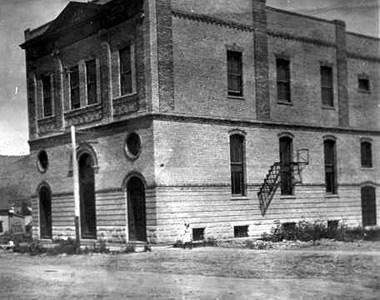
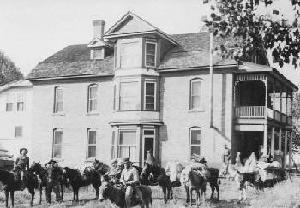
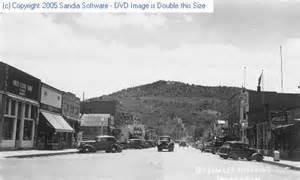
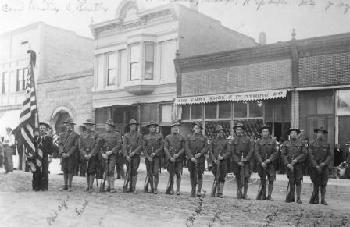
A FEW FUN FACTS ABOUT PAONIA:
First explored in the 1850’s by Captain John Gunnison who was locating a route through the Rocky Mountains (for whom the Gunnison River is named) the North Fork Valley was inhabited by the Ute Indians until about 1880. Settled in 1880 by Samuel Wade, Paonia is named for the peony roots he carried with him from Ohio. The Town of Paonia was officially incorporated in 1902.
Industries that have had a significant impact on the Town include cattle ranching, mining and farming which includes our beautiful orchards and vineyards. Shorthorns were the first cattle in the valley. However by 1898, cattlemen discovered longhorns were a hardier breed for our region. In 1893, thousands of sheep were introduced to the valley.
Surprised cowboys organized a secret society called the Cattle Growers Protective Association. When a sheep herd appeared on a cattle range, the information was sent to the CGPA. If legal persuasion failed, sheep were stampeded over bluffs or massacred. Because the CGPA did most of their work at night, they became known as “Night Riders”.
Vast reserves of coal lay buried in the area and as the smelting for gold and silver increased the demand for coal, coal replaced charcoal for blacksmithing. The advent of the railroad made the shipping of coal economical and today, coal mining is a major industry in the area.
Paonia is naturally air conditioned by warm air flowing up the valley at night and cool air coming down from the mountains during the day resulting in optimal conditions for growing an abundance of cherries, apricots, peaches, plums, pears, nectarines and a variety of apples. One of the state’s oldest continuous community celebrations is Cherry Days held over the Fourth of July holiday.
Paonia is a focal point of back roads and trails leading into the forest and wilderness, attracting hiking and bicycle enthusiasts. Hunters outfit themselves in Paonia before setting out to get their elk, deer, bear, and an occasional mountain lion! Winter finds skiers alternating between cross-country and downhill in nearby resorts in Powderhorn, Sunlight, Crested Butte, Aspen and Telluride. Few places offer such a wonderful combination of climate, scenery, lifestyle and recreation.
Population: 1,451 (2014)
Elevation: 5,682
Time Zone: Mountain Standard Time
Historic Landmarks in Paonia

Bruce Estate
1468 Colo. Hwy. 133
State Register 12/8/1993, 5DT.444
Information provided by the Bruce family as follows: Angus R. and Mary Bruce, from Nova Scotia, first settled on what because Bruce Mesa (now Garvin Mesa) in 1886. Angus later established Riverside Ranch, building the Bruce home in 1905 with bricks fired on the property. He died in 1922 as a result from a fall from a cherry tree. His son Raymond and wife Laura Taylor remained on the ranch until their deaths.
Original posting – updated above February, 2020. The residence was constructed between 1905 and 1912, using red bricks made on the site. John and Sophia Bruce, early pioneers in the North Fork Valley, were first involved in cattle raising. The family later became successful fruit growers. Located along the West Elk Loop, a Colorado Scenic and Historic Byway, the large two-story residence features a steeply pitched hipped roof with prominent attic dormers.

The Curtis Hardware Company
Currently, the Blue Sage Center for the Arts
228 Grand Ave.
National Register 10/19/1989, 5DT.528
The 1902 two-story brick building is an excellent local example of Late Victorian commercial architecture with Classical Revival detailing. The second floor apartment features a large three sided oriel window. The cast iron storefront, manufactured by Front Builders of St. Louis, Missouri, remains intact. The first floor retail space housed the Curtis Hardware Company until it ceased operations in 1987.

First National Bank Building
Currently part of the Blue Sage Center for the Arts
226 Grand Ave.
State Register 5/18/2005, 5DT.527
The 1903 First National Bank in Paonia is an important downtown commercial building built of locally quarried and cut sandstone. Most of the downtown buildings display 19th century Commercial Italianate elements in wood, while the Bank building utilizes stone and exhibits a Romanesque Revival influence in the arch, stone piers and square cut stone. The building is the work of prominent local stonemasons Al Hurst and Sege Stratton. The Bank is their only known intact commercial work in town, others having been modified extensively. The stonemasons exhibited clearly identifiable ability and skill. More information (PDF, 666 kb).

Mathews House
40467 Mathews Ln.
National Register 10/6/2004, 5DT.1533
An excellent example of the architecture of the Late Victorian period, the 1897-1901 Mathews House is the most intact Queen Anne-style house in the Paonia area, as well as one of the largest and most ornate. The house displays elements typical of the style, including asymmetrical massing, a turreted porch, a bay window, decorative brackets and vergeboard, the use of stone and brick, and decorative shingles. Fine craftsmanship and detail are evident throughout the house, on both the exterior and interior. The house also retains its original outbuildings associated with the property’s fruit orchard history, including a barn, a caretaker’s cottage, a shop and a privy. More information (PDF, 827 kb).

Paonia First Christian Church
235 Box Elder Ave.
National Register 4/27/2011, 5DT.1375
The Paonia First Christian Church is an excellent example of Romanesque style church as interpreted by local craftsmen. The building, along with several other churches, is in the heart of the residential area of Paonia, which has a long-standing religious identity marked by the high density of churches in the small town. The building is constructed of regularly coursed, rusticated sandstone with distinctive architectural features such as the round, three-story, crenellated tower with a graduated buttress.
